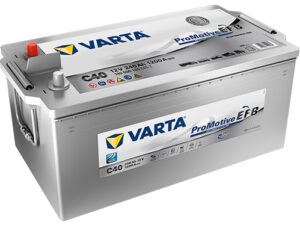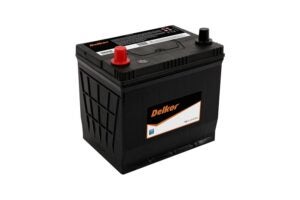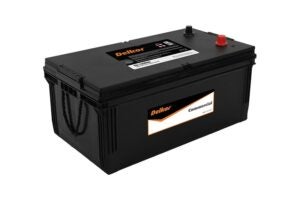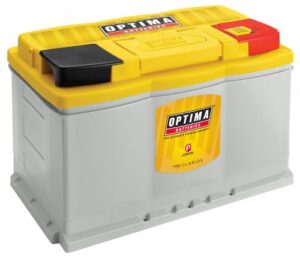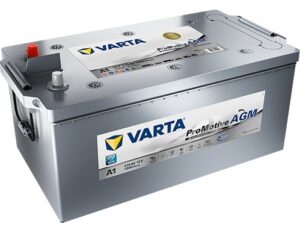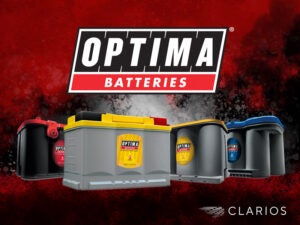Asset Efficiencies in the Mining Sector
The mining industry is one of the oldest established industrial operations in Australia and has been critical to the economic development of the country. Mining companies function in complex business and operational environments. They also face significant uncertainties related to natural, technical, technological, market, organisational, economic, financial and political influence factors affecting their management and operations.
However, one of the biggest challenges for the mining industry is declining productivity and investment returns. Australia’s declining productivity is one of the most critical challenges for the economy as a whole. It calls into question the path to future prosperity and global competitiveness of the sector going forward.
In order to ensure continued strategic success, the mining industry must develop innovative methods to address the increasingly complex challenges of the industry. Most industry experts agree that the traditional approach of swiftly identifying new resources to mine doesn’t work anymore. As with most industries, the focus has shifted to increasing the productivity of existing assets, reducing downtime and boosting efficiency to reduce operating costs.
Mining requires large capital expenditures for both the exploration and the initial establishment of mining operations. However, once a mine is operational, its operating costs tend to be significantly lower and relatively stable. Since mining revenues are subject to fluctuations in commodity prices, it is essential for mine operators to manage changes in production levels wisely.
A structured and systematic approach regarding asset management may bring some useful insights for a more efficient decision-making framework. Traditional strategies and tools in decision-making have often been unable to capture, characterise and address those uncertainties and complexity adequately.
Due to the significant capital outlays, mining companies have become increasingly focused on the costs associated with maintaining their tools, equipment, facilities, and other assets. But where they used to make repairs and improvements reactively, responding to equipment failures and problems as they arose, they now have a host of new tools to manage asset health, helping increase the efficiency and effectiveness of systems.
The recent innovation in mining is driven by the convergence of operational technologies and information technology. On the operational side, more and more valuable data can be gathered from connected equipment and assets (The Internet Of Things) reporting to operational systems in real-time. The Internet of Things has been a technology buzzword for some time, but it has a chance to thrive in the mining sector. IT’s business intelligence, analytics and financial applications can integrate, analyse and refine the data gathered into actionable information and deliver the best answers to a myriad of business questions.
In some leading-edge autonomous mines, this integration is currently addressing one of the most significant value bottlenecks: optimising grinding and flotation systems for the current ore properties, in real-time.
Another critical outcome is in the industry’s most significant cost: maintenance. According to Global Mining, maintenance and repair account for 30 to 50 per cent of total operating expenses.
Mining companies rely on numerous heavy machinery and equipment assets to keep their operations going. If this equipment fails or breaks down, it can result in hundreds of thousands of dollars in lost profits due to downtime and replacement lead time.
Take a haul truck: combining operational technology (OT) data beaming from that truck’s connected sensors with information technology (IT) can answer such fundamental, business-critical questions as: “What’s the economic impact of one cylinder on that truck not working?” or “Would it cost more to fix it or to practise preventive replacement?”
The amount an incident may cost will depend on many factors: the type of equipment that has broken down; the size of the company; and the number of machines that are affected — however, a typical incident averages about $180,000. Add to this the fact that downtime alone can result in a loss of around $3,000 per hour, and you will see that something as simple as a flat battery, can be extremely costly for your mining operations.
Implications for improving productivity in the Australian mining sector are clear. Companies serious about both cost control and productivity need to have a greater focus on the efficiency of their equipment.
This means stepping beyond short term cost reduction initiatives and a preoccupation with extra tonnes leaving the mines. It’s about what’s happening inside the gates that is the key to arresting the industry’s productivity decline.
To ensure consistently high efficiency and productivity, you need a reliable, long-lasting mining battery that delivers its promise. Through minimising any premature electrical storage failures, a high-quality, lasting battery maximises your Total Cost of Ownership (TCO).
Modern battery technologies require a higher investment than conventional batteries, but they can reduce the number of breakdowns and enable the use of fuel-saving technologies. They also support a longer battery life cycle, requiring less maintenance time. Because of this, the subsequent costs and potential savings need to be considered in the purchase decision.
Batteries built to work, for work.
Delkor® Commercial batteries are well-proven in all areas of heavy industry. They are manufactured using sturdy internal components and materials to provide superior power and performance, working harder to deliver longer life, less downtime and greater efficiency.
Key Benefits of Delkor Commercial Batteries:
- Maintenance-free, topping up is unnecessary
- Heat-sealed, leak-proof cover ensures no spill
- High-strength polypropylene case
- Designed for highest vibration resistance
If reliability and longer service life is your objective, Delkor Commercial batteries have you covered. Get in touch with us today to find out more.


